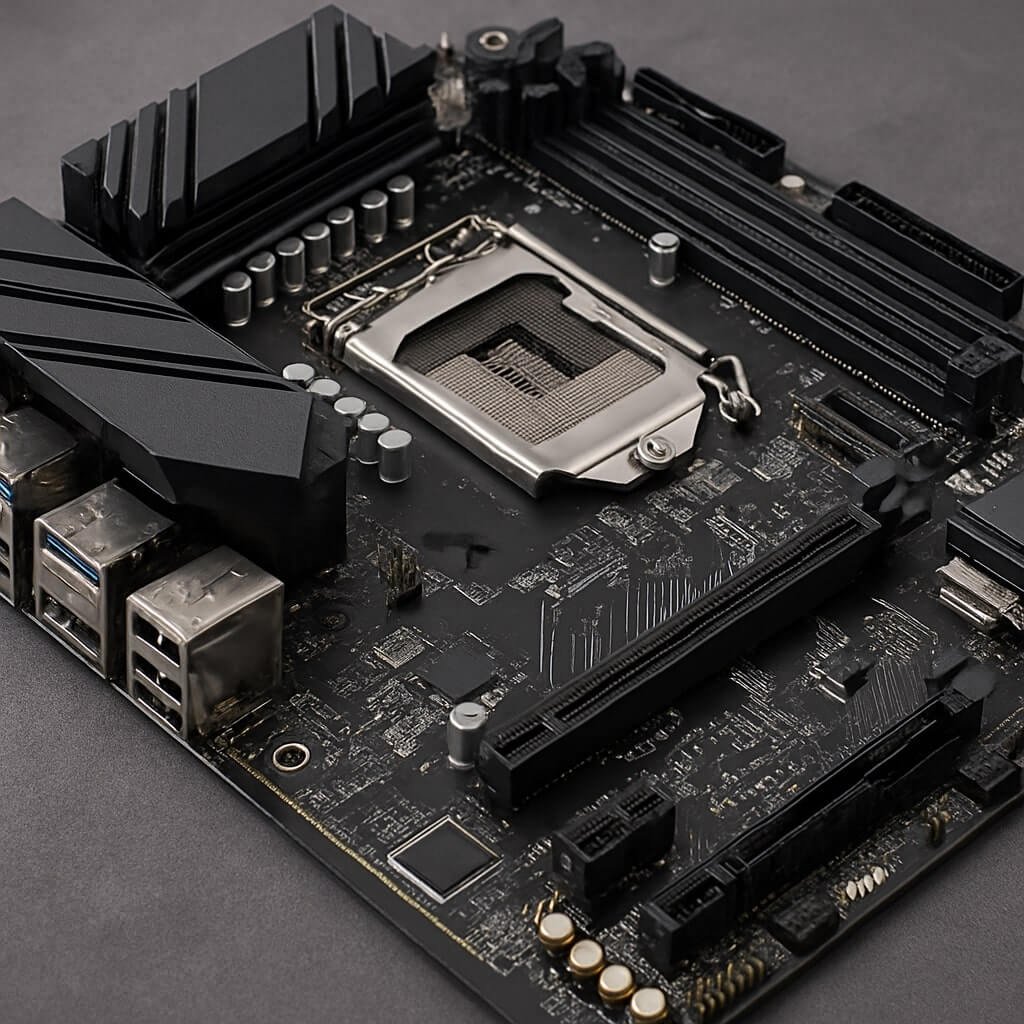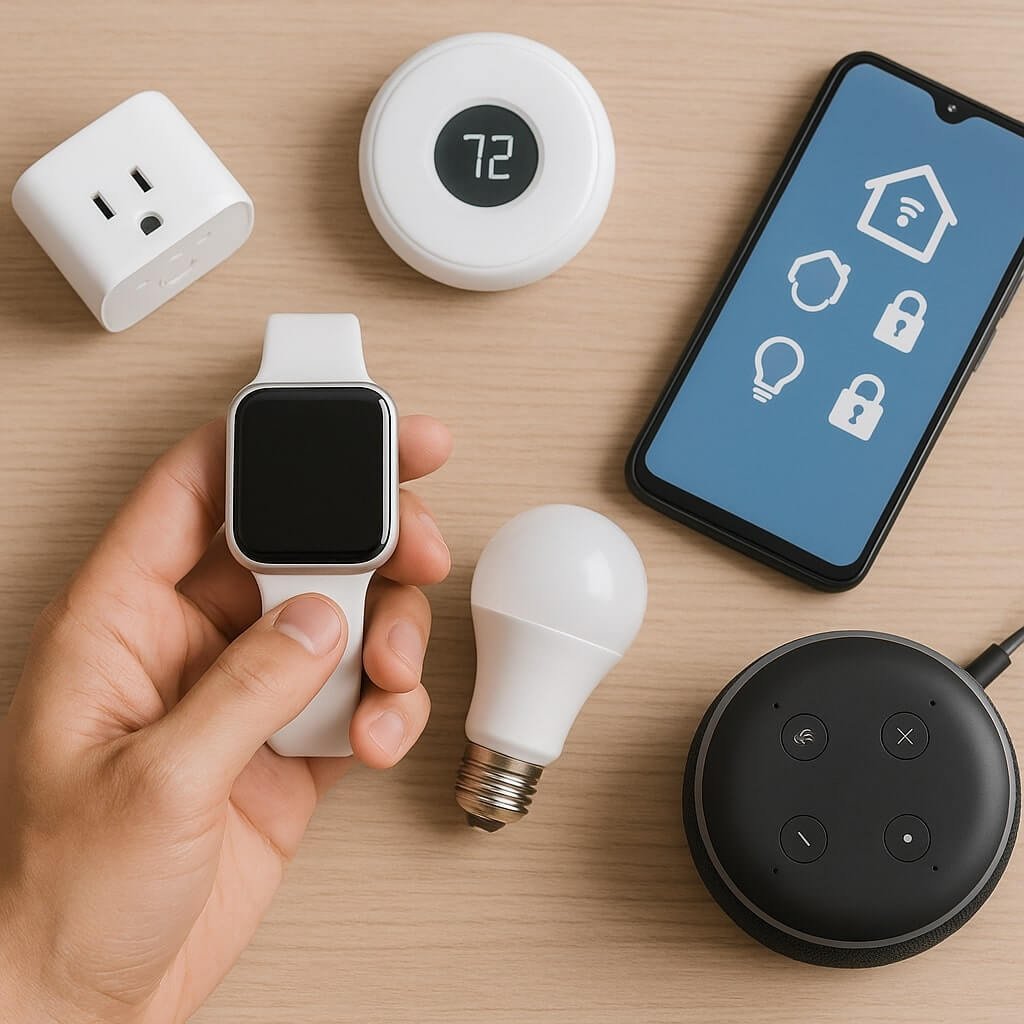In today’s connected world, the Internet of Things (IoT) is quietly revolutionising everyday life, starting right at home. From smart thermostats to intelligent security systems, IoT devices enhance convenience, improve energy efficiency, and boost safety. This article explores seven real-life examples of IoT devices commonly found in households, highlighting how they work and the value they bring.
What Is IoT?
The Internet of Things (IoT) refers to a network of physical objects — or “things” — embedded with sensors, software, and other technologies that enable them to connect and exchange data with other devices and systems over the internet. In a home setting, this translates to smarter appliances and enhanced control over the environment.
1. Smart Thermostats
Example: Nest Thermostat, Ecobee
Smart thermostats learn your preferences and adjust heating or cooling accordingly. They can be controlled via smartphone apps, voice assistants, or automation routines. By analysing your habits and environmental conditions, they optimise energy usage, potentially reducing utility bills.
Benefits:
- Remote temperature control
- Energy-saving reports
- Integration with other smart home systems
2. Smart Lighting Systems
Example: Philips Hue, LIFX
Smart lights allow you to control brightness, colour, and timing from your smartphone or with voice commands. They can be programmed to simulate presence when you’re away, enhancing home security.
Benefits:
- Energy efficiency through automation
- Customizable ambience for rooms
- Motion-triggered lighting options
3. Smart Security Cameras
Example: Ring, Arlo, Google Nest Cam
IoT-enabled security cameras provide live feeds, motion detection, and alert notifications to your devices. Some models also offer facial recognition and two-way communication.
Benefits:
- 24/7 monitoring
- Cloud storage of footage
- Integration with alarm systems
4. Smart Door Locks
Example: August Smart Lock, Yale Assure Lock
Smart locks offer keyless entry through smartphones or biometric authentication. You can grant temporary access to guests or monitor who enters and exits your home.
Benefits:
- Enhanced control and tracking of access
- Remote locking/unlocking
- Temporary codes for deliveries or guests
5. Smart Refrigerators
Example: Samsung Family Hub
Smart refrigerators go beyond keeping food cold. They can monitor expiration dates, suggest recipes based on contents, and even let you peek inside via an internal camera while you’re at the grocery store.
Benefits:
- Food inventory management
- Family calendars and media features
- Connectivity with other kitchen appliances
6. Smart Plugs and Power Strips
Example: TP-Link Kasa, Wemo Insight
Smart plugs turn traditional devices into smart ones. You can remotely control or schedule power delivery to any plugged-in device, helping reduce energy waste and increase safety.
Benefits:
- Energy usage monitoring
- Scheduling for on/off times
- Voice assistant compatibility
7. Smart Voice Assistants
Example: Amazon Echo (Alexa), Google Nest Hub
These devices serve as the central hub for many IoT devices. You can control thermostats, lights, music, and more via voice commands. They also provide updates on weather, traffic, and news.
Benefits:
- Hands-free control of smart devices
- Multi-device orchestration through routines
- Continuous learning through AI updates
How IoT Is Transforming Homes
IoT isn’t just about convenience — it’s about creating a smarter, safer, and more efficient living space. The seamless integration of these devices is what defines the modern smart home. With increased interoperability and AI-driven automation, the future of home living is more connected than ever.
Frequently Asked Questions (FAQ)
What is the most common IoT device found in homes?
Smart speakers (like Amazon Echo or Google Nest) are among the most common, as they often serve as a gateway to managing other IoT devices.
Are IoT devices safe from hacking?
While convenient, IoT devices do pose some security risks. Using strong passwords, keeping firmware updated, and securing your Wi-Fi network are essential for safety.
Do I need a smart assistant for IoT devices?
Not necessarily, but smart assistants help streamline control and integration. Many IoT devices also offer standalone apps for direct management.
Can IoT devices work without the internet?
Some devices can perform basic functions offline (like timers or local automation), but most require an internet connection for remote control, data syncing, or updates.
Is it expensive to turn a home into a smart home?
The cost varies. You can start small — for example, with smart plugs or bulbs — and expand gradually. Many affordable options are now available to suit different budgets.
Conclusion
The growing ecosystem of IoT devices is transforming our homes into smarter, more responsive environments. From convenience and safety to energy savings, the benefits are far-reaching. By understanding how these devices work together, you can begin building a smart home tailored to your lifestyle.






